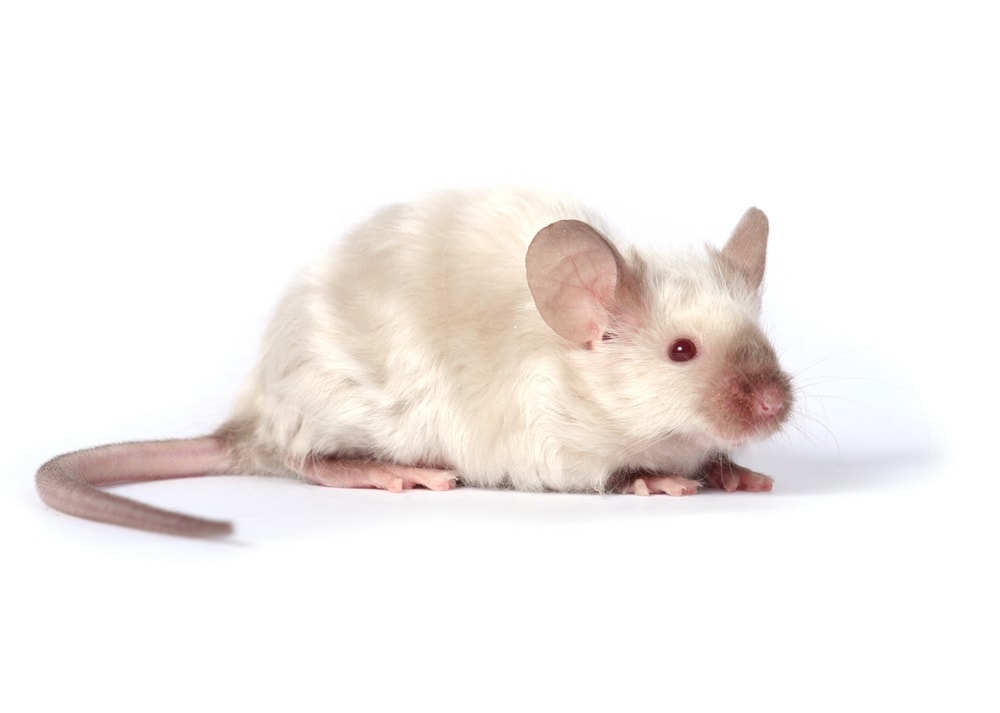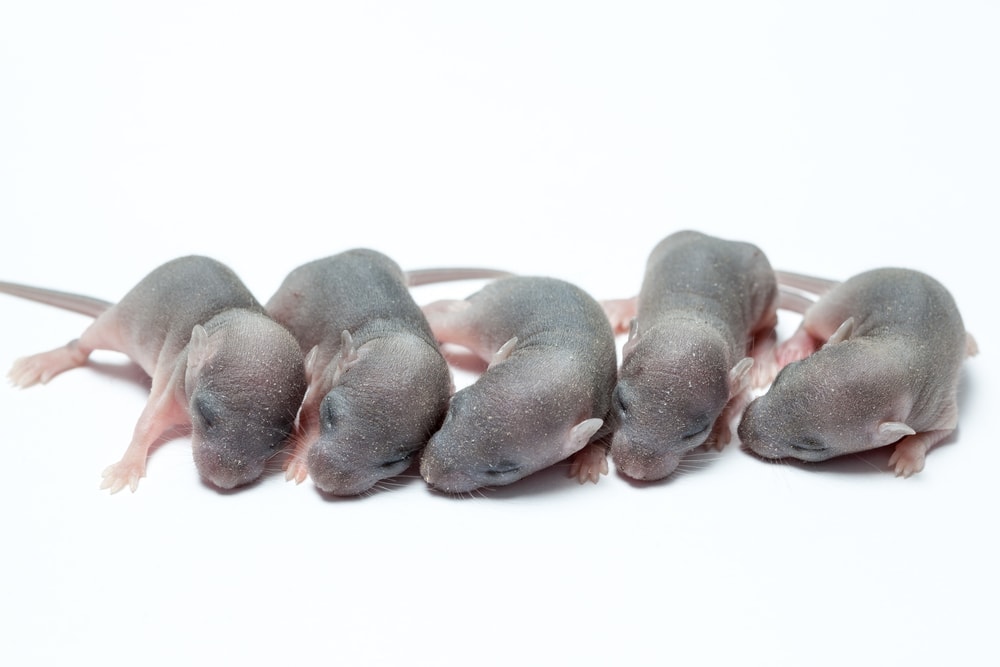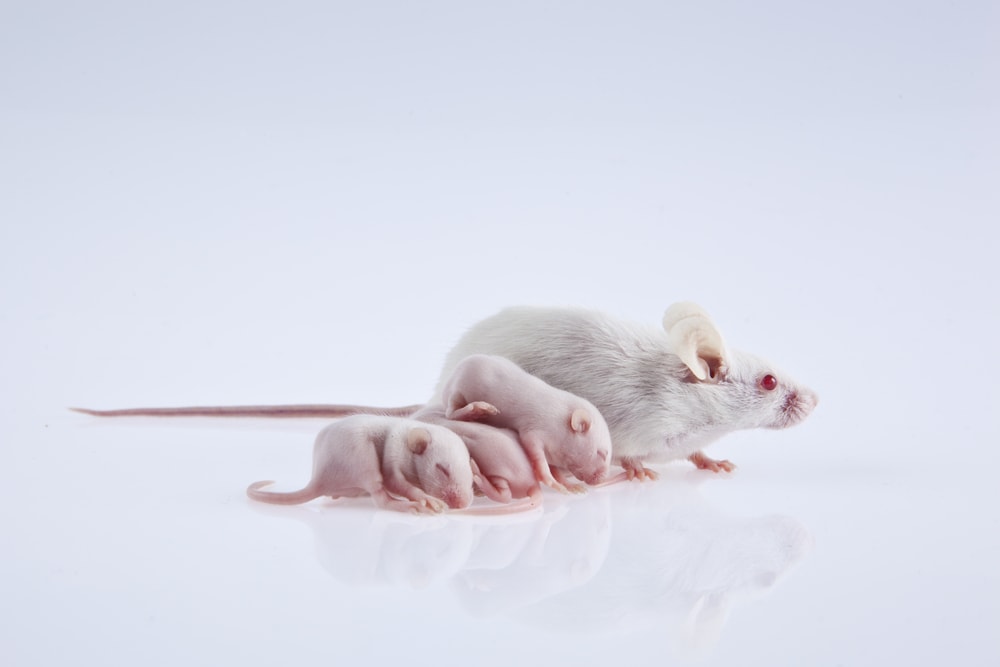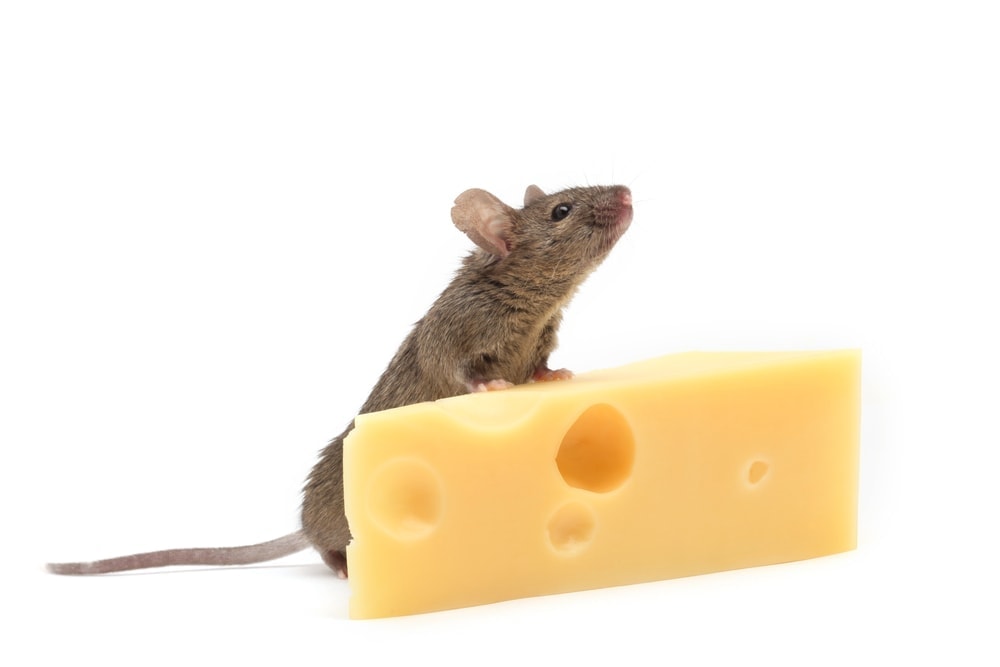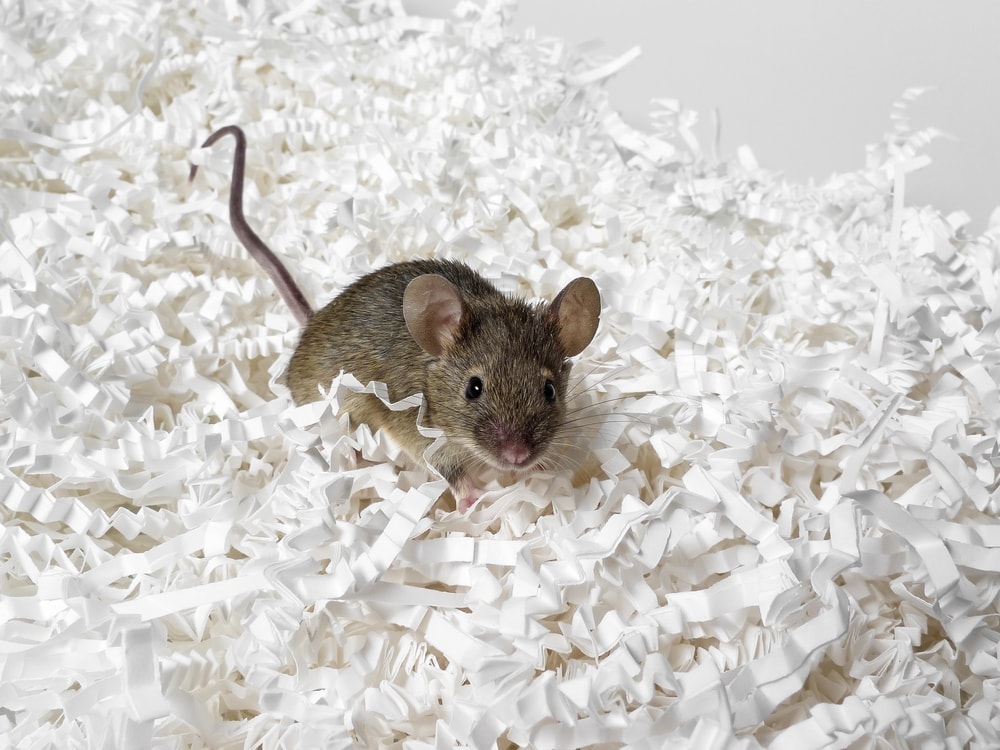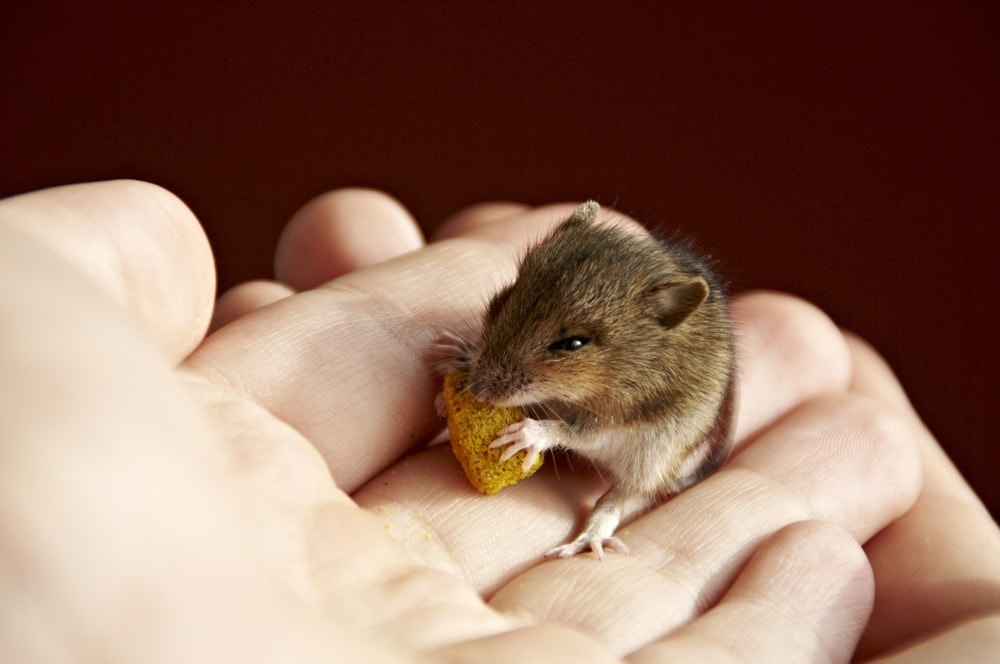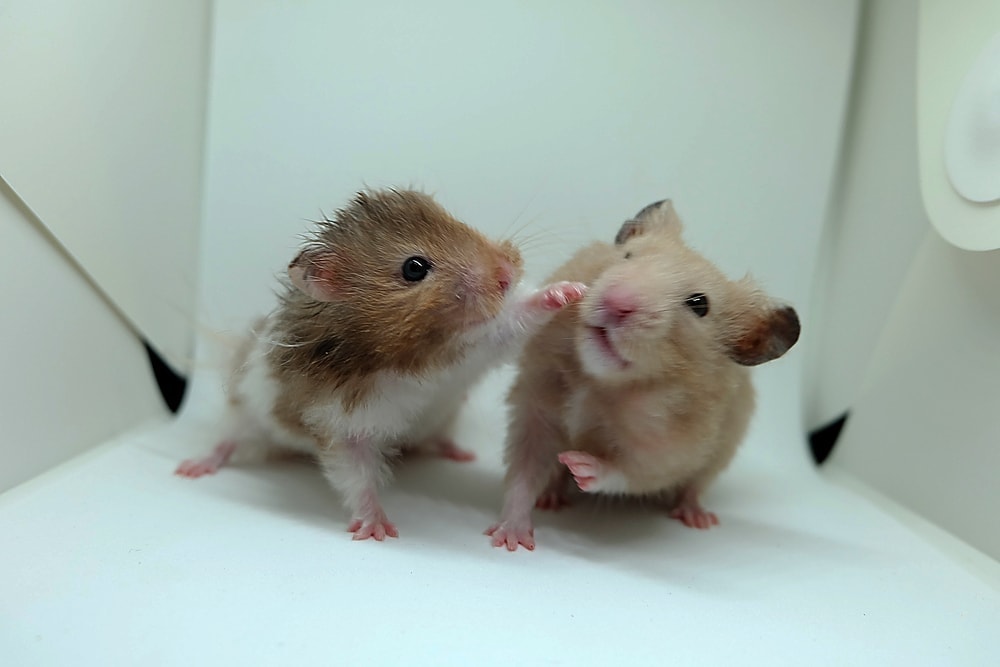The long haired mouse is just one of the many varieties of what people are calling a ‘fancy mouse’ but what makes them so fancy.
Is it their long hair or what? Let’s explore why they are called that.
Long Haired Mouse — Information & Facts
1. Why is a Long Haired Mouse Considered Fancy?
The long haired mouse has expressive eyes, a friendly nature, and of course, a big shaggy coat. The reason that it is called a ‘fancy mouse’ is because they are bred specifically to be a show mouse and be judged to win ribbons. This mouse is showy in pattern and color but they also have a big personality.
They are interactive companions, curious, and dynamic. They are a popular type of pet mice even though they are bred for show. They do not require a lot of specialized care or room. This type of mouse is less common than some of the other varieties of ‘fancy’ mice but you can find them through reputable breeders.
2. Appearance
Their coat is composed of a short undercoat and long guard hairs. Their fur covers their entire body. This includes around their front legs, behind their ears, on the belly, and on their groin. The fur on their legs and face are short, not long.
They come in the same array of patterns and colors as the standard variety of mice.
- Black
- Red
- White
- Cream
- Lilac
- Chocolate
- Fan
- Blue
- Dove
- Silver
- Cinnamon
- Champagne
- Silver agouti
- Golden agouti
The long hair mouse may be a solid color. For example, fox with the belly cover near white with a contrasting color over the rest of their body. They may also be marked with various banded patterns or spots.
These mice average six to seven inches in length, which includes the tail but there are some adult show mice that are 8-12 inches and weigh up to 3.5 ounces. Standards for a long-haired show mouse include large bold eyes, slim, long bodies, a long tapering tail, and expressive ears.
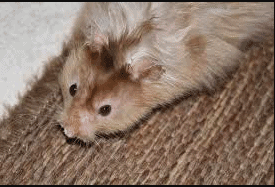
3. Health Issues
This type of mouse can be more susceptible to skin lesions. The most common health issues that are suffered by all fancy mice are:
- Skin parasites, which include mites and ticks
- Obesity that can lead to arthritis, cardiovascular diseases, and diabetes
- Intestinal parasites
- Colds from drafty situations
- Bacterial infections from unsanitary conditions
- Occlusion from overgrown teeth
- Tumors
- Cancers
For some mice, being nervous or stressed can lead them to over-groom themselves, which can cause injury. If you make sure that your pet long haired mouse has the proper diet and healthy environment, this will help to prevent many of these health issues. The general lifespan of this mouse is one to two years.
4. Behavior And Temperament
Most all mice are inquisitive, sociable, and active. This type of mouse can be affectionate and gentle too. They are nocturnal, like to climb, run, and jump. Because they are sociable creatures, it is best if you keep them in pairs or groups. They should be brought together while they are juveniles.
A long haired mouse will rarely bite unless they are frightened or hurt. Improperly handling them is the main reason they might bite. The one bad, or disappointing, thing is that a long hair mouse cannot be housetrained so they may defecate and urinate when they are being handled.
When they are roaming outside of their cage, you need to monitor them closely as all mice have poor eyesight and could easily fall off a table, chair, etc and get hurt. They enjoy chewing so make sure that you have things for them to gnaw on to help prevent tooth overgrowth.
5. Housing
The long haired mouse does better when their housing is a wire bar cage with plastic flooring or a glass aquarium with a mesh cover. You want to make sure that the juvenile mice cannot get through the wire bars or mesh. Either should be no bigger than 9 mm.
You should never use a wire mesh floor as these can cause an infection or injury. Make sure that the cage is kept away from direct sunlight or drafts and is in a temperature-controlled location.
Nesting or bedding material is essential. The preferred bedding is corn cob bedding, aspen shavings, or commercially made paper products. If necessary, you can use paper towels, cotton, rags, paper strips, or tissue paper. Never use pine or cedar shavings as they put out volatile aromatic oils that can irritate or cause damage to their respiratory system.
You should also make sure that you have small wooden boxes or cardboard shelters to give the long hair mouse privacy and seclusion. Make sure that the cage is cleaned often to minimize their exposure to the waste products and ammonia.
They should also have interactive toys like obstacle courses and wheels to keep them active and stimulated. Make sure that the wheels are big enough so they can run with a straight back and the floors are made of wood.
6. Diet
It is recommended that the food for a long haired mouse be lab blocks, which are laboratory pellets that are formulated specifically to give them the balanced nutrition that they require. It also gives them the gnawing experience too.
The long haired mouse should be offered vegetables and fruits but at the end of the day, remove any of this from the cage that has not been eaten. Always make sure that they have fresh water each day using the hanging gravity bottle feeders.
Conclusion
This is not the type of mouse that is suitable for children as they could be too rough for their little delicate bodies. Even if you are not going to use them as a fancy show mouse, they still do make a good pet but make sure that you handle them gently. Following a healthy diet and keeping their cages clean will help them live a healthy life.
